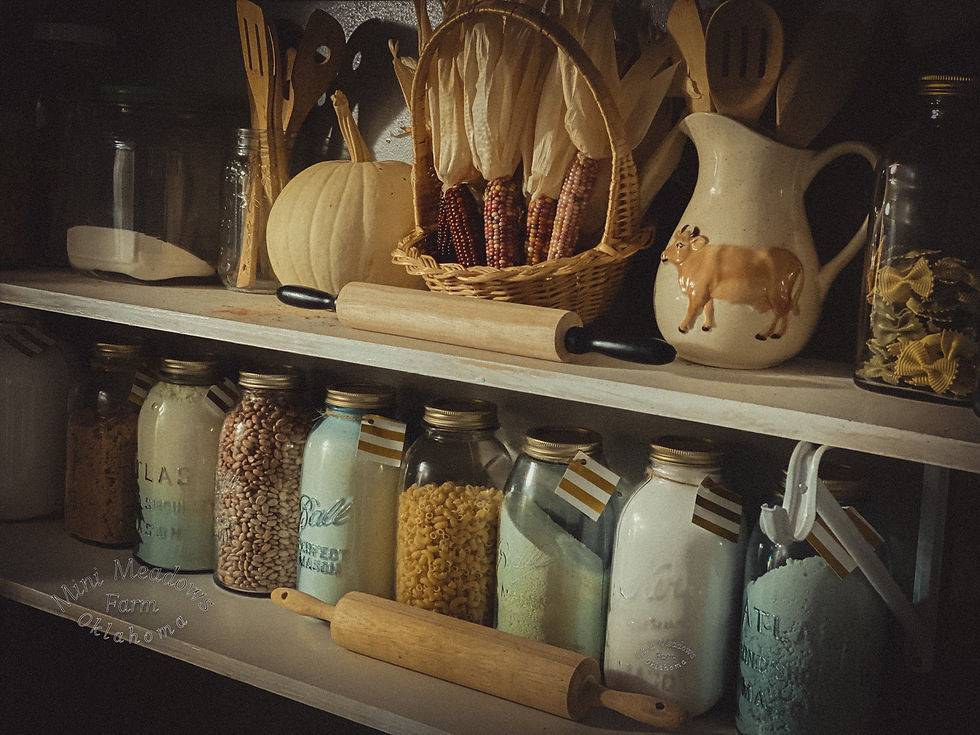
From Aurochs to Livestock: Unraveling the Fascinating History of Cattle Domestication
- kimberkay777
- Jan 24
- 2 min read
Cattle domestication stands as one of the most pivotal achievements in human history. The partnership between humans and cattle has shaped civilizations, revolutionized agricultural practices, and provided sustenance for countless generations. In this article, we embark on a captivating journey through time, exploring the origins, evolution, and profound impact of cattle domestication on human societies.
1. The Wild Ancestor:
The wild ancestor of domesticated cattle is the aurochs (Bos primigenius), a large and powerful bovine species that roamed across Eurasia and North Africa. These majestic animals were formidable creatures, capturing the attention of early humans who recognized their potential as valuable companions.
2. Early Domestication:
Cattle domestication began around 10,000 to 8,000 BCE in multiple regions simultaneously, marking the transition from hunter-gatherer societies to settled agricultural communities. The process involved capturing and breeding aurochs, gradually selecting for docility, improved milk production, meat quality, and other desirable traits.
3. Agricultural Revolution:
The domestication of cattle brought about an agricultural revolution, transforming the course of human civilization. Cattle provided a reliable source of food, labor, and materials. They were utilized for plowing fields, pulling carts, and treading grain, enhancing agricultural productivity and enabling the establishment of permanent settlements.
4. Cultural Significance:
Cattle held profound cultural significance in numerous societies throughout history. In ancient civilizations such as Ancient Egypt, cattle were associated with deities and used in religious rituals. In pastoralist societies like the Maasai of East Africa, cattle were a symbol of wealth, social status, and cultural identity.
5. Cattle Breeds and Selective Breeding:
Over thousands of years, humans selectively bred cattle to develop specialized breeds suited to various environments and purposes. Different breeds emerged with distinctive traits, including milk production, meat quality, draught power, and adaptation to specific climates. Breeding programs aimed to enhance desirable characteristics, leading to the wide diversity of cattle breeds we see today.
6. Industrialization and Modern Cattle Farming:
With the advent of industrialization and the growth of urban populations, cattle farming underwent significant changes. Intensive farming methods, feedlots, and improved veterinary practices enabled the mass production of beef and dairy products. Cattle became a vital component of the global food industry, contributing to economic growth and food security.
7. Sustainable Agriculture and Conservation Efforts:
In recent years, sustainable agricultural practices and conservation efforts have gained prominence. Sustainable cattle farming focuses on minimizing environmental impact, promoting animal welfare, and adopting regenerative practices. Conservation programs aim to protect endangered cattle breeds, preserving genetic diversity and cultural heritage.
8. Beyond Meat and Future Trends:
As concerns over the environmental impact of livestock farming and the ethical considerations surrounding animal agriculture have grown, alternative protein sources have emerged. Plant-based meat substitutes, such as Beyond Meat and Impossible Foods, aim to provide sustainable alternatives to traditional livestock products, potentially reshaping the future of meat consumption.
Conclusion:
The domestication of cattle stands as a testament to the ingenuity and resourcefulness of our ancestors. From their wild origins to their integral role in agricultural systems and cultural practices, cattle have played an essential part in human societies worldwide. As we navigate the challenges of the modern world, it is crucial to strike a balance between the demands of food production, environmental sustainability, and animal welfare, ensuring a harmonious coexistence between humans and cattle.





Comments